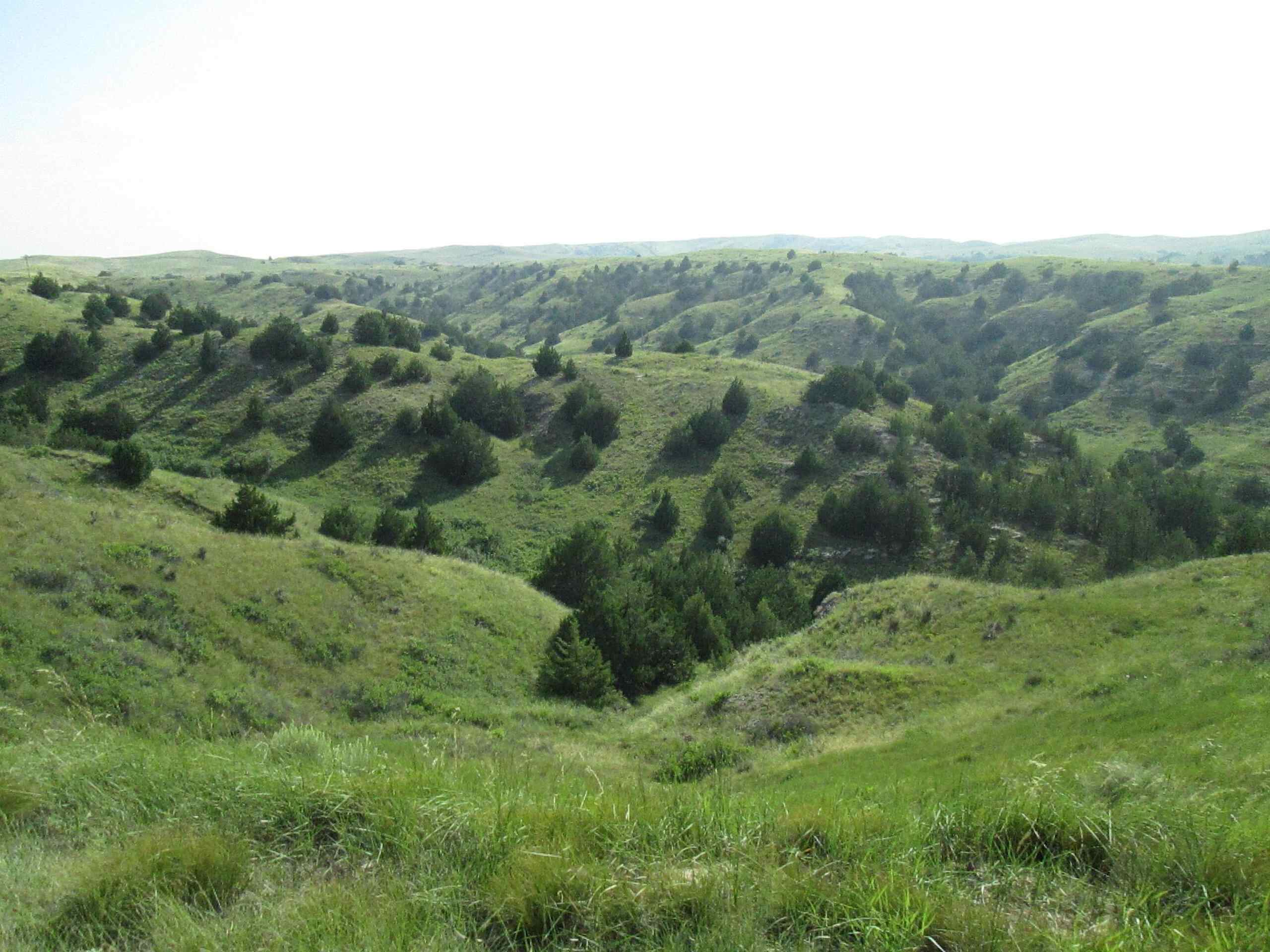Hidden Pioneer Trails Of Nebraska’s Windlass Hill

Have you ever wondered about the hidden pioneer trails of Nebraska's Windlass Hill? This historic site offers a glimpse into the past, where settlers once traveled in search of new beginnings. Located in the scenic Ash Hollow State Historical Park, Windlass Hill provides breathtaking views and a tangible connection to history. As you walk the trails, you can almost hear the creak of wagon wheels and the footsteps of those who came before us. Whether you're a history buff or just love the great outdoors, this spot is a must-visit. Ready to step back in time and explore the paths of pioneers? Let's get started!
Hidden Pioneer Trails of Nebraska's Windlass Hill
Nebraska's Windlass Hill is a treasure trove of history, offering a glimpse into the lives of pioneers who traversed the Oregon Trail. This area is rich with hidden trails and landmarks that tell the story of America's westward expansion. Let's explore some of these fascinating spots.
1. Windlass Hill
Windlass Hill itself is a significant landmark. Pioneers used this steep hill to lower their wagons down into the valley below. The deep ruts carved by wagon wheels are still visible today, a testament to the thousands who passed this way.
2. Ash Hollow State Historical Park
Ash Hollow was a popular stop for pioneers. The park features a visitor center with exhibits on pioneer life, as well as trails that lead to the original Oregon Trail ruts. The area also has beautiful natural springs that provided much-needed water for travelers.
3. Courthouse and Jail Rocks
These towering rock formations served as landmarks for pioneers. They resemble a courthouse and jail, hence their names. The rocks were visible from miles away, helping guide travelers on their journey west.
4. Chimney Rock
Chimney Rock is one of the most famous landmarks on the Oregon Trail. This natural spire rises nearly 300 feet above the surrounding plains. Pioneers often mentioned it in their diaries, and it remains a symbol of the westward migration.
5. Scotts Bluff National Monument
Scotts Bluff was another critical landmark for pioneers. The monument offers hiking trails that lead to the top of the bluff, providing stunning views of the surrounding area. The visitor center has exhibits on the history of the Oregon Trail and the people who traveled it.
6. Fort Kearny State Historical Park
Fort Kearny was established to protect pioneers from Native American attacks. The park includes reconstructed buildings, a museum, and trails that follow the original path of the Oregon Trail. It's a great place to learn about the military history of the trail.
7. Rock Creek Station State Historical Park
Rock Creek Station was a vital stop for pioneers and Pony Express riders. The park features reconstructed buildings, trails, and exhibits on the history of the station. Visitors can walk along the same paths that pioneers once traveled.
8. Register Cliff
Pioneers often carved their names into Register Cliff as they passed by. This sandstone cliff is covered with inscriptions dating back to the 19th century. It's a fascinating glimpse into the lives of those who traveled the Oregon Trail.
9. Fort Laramie National Historic Site
Fort Laramie was a major trading post and military fort. The site includes restored buildings, trails, and exhibits on the history of the fort and the Oregon Trail. It's a must-visit for anyone interested in pioneer history.
10. Mormon Island State Recreation Area
Mormon Island was a key stop for Mormon pioneers traveling to Utah. The recreation area offers camping, fishing, and trails that follow the original path of the Mormon Trail. It's a beautiful spot to relax and reflect on the journey of the pioneers.
11. California Hill
California Hill was a challenging climb for pioneers heading to California. The steep incline tested the strength of both people and animals. Today, visitors can hike the hill and see the deep ruts left by wagon wheels.
12. Blue River Crossing
The Blue River Crossing was a critical point on the Oregon Trail. Pioneers had to ford the river, which could be dangerous during high water. The area now features a park with trails and interpretive signs that tell the story of the crossing.
13. Alcove Spring
Alcove Spring was a welcome sight for weary travelers. The natural spring provided fresh water, and the surrounding area offered a place to rest. The site includes trails and interpretive signs that share the history of the spring and its importance to pioneers.
14. Platte River Valley
The Platte River Valley was a major route for pioneers. The valley provided a relatively flat and easy path westward. Today, visitors can explore trails that follow the original route of the Oregon Trail and enjoy the scenic beauty of the valley.
Discovering Nebraska's Hidden Trails
Nebraska's Windlass Hill offers more than just scenic views. It holds stories of pioneers, hidden trails, and a rich history waiting to be explored. Walking these paths, you can almost hear the echoes of wagon wheels and the determination of those who traveled before us. The trails provide a unique way to connect with nature and history simultaneously. Whether you're a history buff or just love the outdoors, Windlass Hill has something for everyone. Pack your hiking boots, grab a map, and set out to uncover the secrets of these hidden trails. The adventure promises not just a walk through nature but a journey through time. So next time you're in Nebraska, make sure to visit Windlass Hill. You'll leave with memories and a deeper appreciation for the pioneers who once tread these paths.

